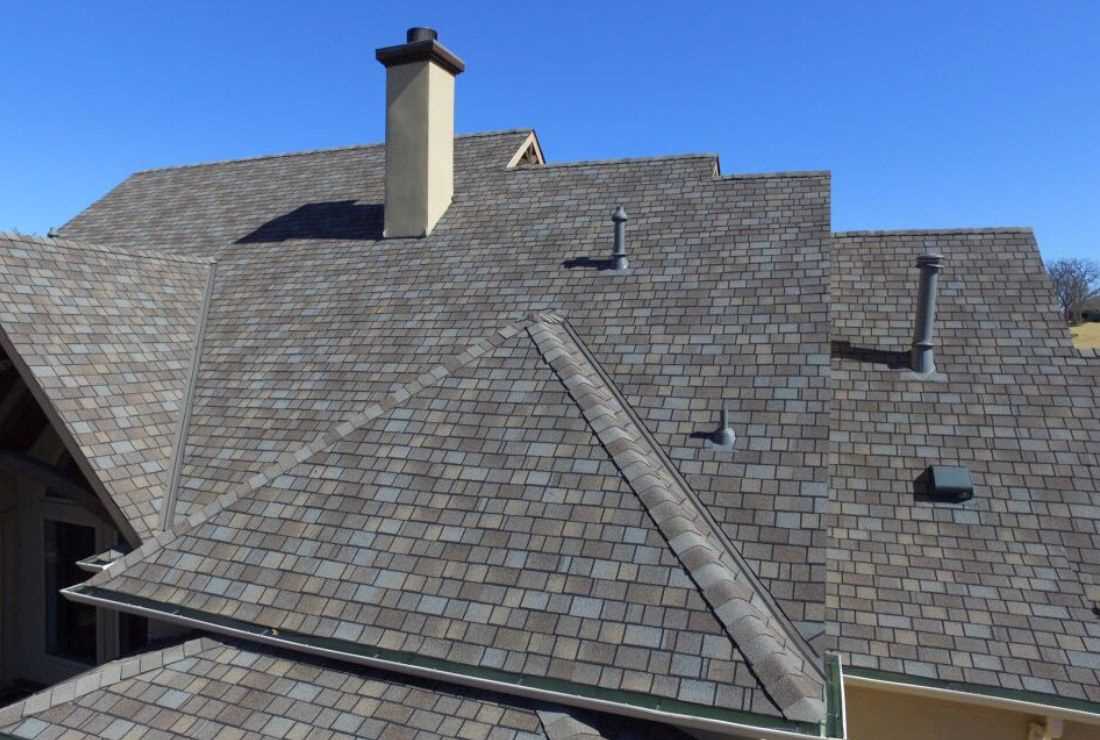The significance of backgrounds and environments in 2D animation cannot be overstated. No doubt any animated story revolves around its characters, but what really makes these characters come to life are the backgrounds and environments.
Backgrounds are essential to maximizing the visual narrative experience since they provide the scene’s tone and context. In this blog post, we will understand why animation studios in New York consider backgrounds and environments in 2D animation so important . So let’s not wait any longer and jump right into it!
Historical Perspective
Before we discuss anything else, let’s first understand the historical perspective. In exploring the historical perspective of backgrounds and environments in 2D animation, we embark on a journey through the evolution of artistry and technique that has shaped the visual landscape of animated storytelling.
The roots of background artistry in animation can be traced back to the early days of hand-drawn animation, where artists meticulously painted backgrounds onto celluloid sheets to create the illusion of depth and dimension. In these early works, backgrounds served primarily as static backdrops, providing context for the action unfolding in the foreground.
As animation techniques evolved and storytelling became more sophisticated, so too did the role of backgrounds. Artists began to experiment with techniques borrowed from traditional art forms such as painting and illustration, employing techniques such as chiaroscuro and atmospheric perspective to create depth and mood in their backgrounds.
One of the most significant developments in the history of background artistry came with the advent of the multiplane camera in the 1930s. This revolutionary device allowed animators to create backgrounds with multiple layers, each moving independently of the others. This technique, pioneered by Walt Disney Studios, revolutionized the way backgrounds were created and paved the way for more immersive and visually stunning animated worlds.
Throughout the golden age of animation in the mid-20th century, background artists played a crucial role in shaping the visual aesthetic of animated films. Artists such as Mary Blair, Maurice Noble, and Eyvind Earle became renowned for their distinctive styles and innovative approaches to background design, contributing to the iconic look of classic animated films such as “Snow White and the Seven Dwarfs,” “Fantasia,” and “Sleeping Beauty.”
As animation technology continued to advance, with the advent of computer animation in the late 20th century, the role of background artists evolved yet again. While hand-painted backgrounds remained a staple of traditional animation, digital tools and techniques allowed artists to create increasingly complex and detailed environments with greater ease and efficiency.
Today, background artistry in 2D animation continues to thrive, with artists drawing inspiration from a diverse range of sources, including traditional art forms, contemporary design trends, and cultural influences from around the world. With the rise of streaming platforms and digital distribution channels, there has been a resurgence of interest in hand-drawn animation and traditional background artistry, as audiences rediscover the timeless appeal of these classic techniques.
The Role It Plays
Now that we know the historical perspective, let’s understand the crucial role it plays.
Establishing Atmosphere and Mood:
One of the primary functions of backgrounds in 2D animation is to establish the atmosphere and mood of a scene. Whether it’s a serene countryside, a bustling cityscape, or a dark and ominous forest, backgrounds set the tone for the narrative. Through the careful use of color, lighting, and detail, animators can evoke a wide range of emotions in the audience, effectively enhancing the storytelling experience. For example, a bright and colorful background might convey a sense of joy and optimism, while a dimly lit, desaturated environment can create a feeling of suspense or melancholy.
Creating Depth and Dimension:
Another crucial role of backgrounds in 2D animation is to create a sense of depth and dimension within the scene. By incorporating elements such as foreground, middle ground, and background layers, animators can simulate three-dimensional space on a two-dimensional plane. This technique, known as parallax scrolling, adds visual interest and realism to the animation, making the world feel immersive and dynamic. Through the strategic use of perspective and scale, backgrounds can draw the viewer’s eye into the scene, enhancing the illusion of depth and enhancing the overall visual appeal.
Establishing Context and Setting:
Backgrounds and environments also play a vital role in establishing the context and setting of a story. Whether it’s a historical period piece, a futuristic sci-fi adventure, or a fantastical realm, backgrounds help to ground the narrative in a specific time and place. Detailed backgrounds can provide valuable clues about the world in which the characters inhabit, helping the audience to better understand the story’s context and themes. For example, architectural details, landscape features, and cultural elements can all contribute to the world-building process, enriching the storytelling experience and immersing the audience in the fictional universe.
Enhancing Character Interaction:
In addition to setting the stage, backgrounds and environments can also enhance character interaction and storytelling dynamics. A well-designed background can provide opportunities for visual storytelling, allowing characters to interact with their surroundings in meaningful ways. Whether it’s exploring a hidden cave, navigating a bustling marketplace, or embarking on an epic journey through a sprawling landscape, backgrounds can serve as integral elements of the narrative, driving the plot forward and enriching the character development process. By integrating characters seamlessly into their environments, animators can create a sense of cohesion and believability, making the animated world feel more immersive and engaging.
Conclusion
As we can see in this article, when it comes to 2D animation, backgrounds are not just scenery. They are more than that. They are the important parts of the storytelling process, bringing the animation to life in vivid detail.




